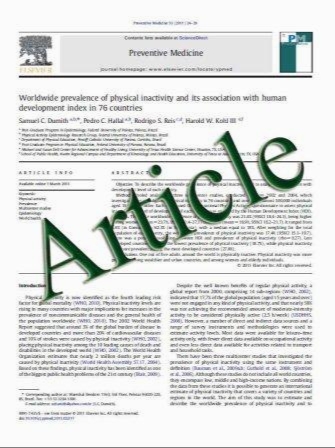Assessment of Small-Airways Disease Using Alveolar Nitric Oxide and Impulse Oscillometry in Asthma and COPD
- نوع فایل : کتاب
- زبان : انگلیسی
- مؤلف : Peter A. Williamson • Karine Clearie • Daniel Menzies • Sriram Vaidyanathan • Brian J. Lipworth
- چاپ و سال / کشور: 2011
Description
The contribution of the alveolar compartment to exhaled nitric oxide (alveolar nitric oxide or CANO) can be calculated as a surrogate of distal inflammation. This value should be corrected for nitric oxide produced in the conducting airways which ‘‘back-diffuses’’ into the alveolar compartment (Corrected CANO). Impulse oscillometry (IOS) (Nava et al., Am J Respir Crit Care Med 168:1432–1437, 2003) is used to derive values for peripheral airways resistance. Twenty-four healthy volunteers, 21 severe asthmatics, 15 mild-to-moderate asthmatics, and 24 COPD patients were assessed with spirometry, impulse oscillometry, and fractionated exhaled nitric oxide.Compared to healthy volunteers, FENO was higher in mild-to-moderate and severe asthmatics: geometric mean fold ratios of 1.91 (P = 0.02) and 2.74 (P\0.001), respectively. However, there was no difference for mild-to-moderate versus severe asthma. Ratios for CANO were not different for severe asthma versus COPD, but both were elevated compared to that of healthy volunteers [2.64 (P\0.001) and 3.07 (P\0.001), respectively] and mild-tomoderate asthma [1.95 (P = 0.04) and 2.28 (P\0.01)]. However, after correction for axial diffusion,CorrectedCANO was increased in COPD compared to severe asthma (geometric mean fold ratio 1.28, P = 0.04), mild-to-moderate asthma (1.34, P\0.01), and healthy volunteers (1.28, P = 0.02), and there was no difference between other groups. R5 and RF were reduced in healthy volunteers versus mildto- moderate asthma (P = 0.011 and P\0.001 respectively), severe asthma (P = 0.002 and P\0.001), and COPD (P\0.001 and P\0.001). Peripheral resistance (R5–R20) was not different for healthy versus mild-to-moderate asthma but was higher in severe asthma (P\0.001) and COPD (P\0.001). Correlations were observed between R5–R20 versus FEF25–75 (r = 0.71, P\0.01), CANO (r = 0.44, P\0.01), and Corrected CANO (r = 0.24, P\0.01). CANO and IOS provide additional information to traditional measures of spirometry and tidal nitric oxide. Previous data reporting elevated alveolar nitric oxide in severe asthma may reflect back-diffusion of nitric oxide from the conducting airways into the alveolar compartment. Corrected CANO and IOS may prove to be useful noninvasive measurements of small-airways disease.
Lung (2011) 189:121–129 DOI 10.1007/s00408-010-9275-y Received: 13 August 2010 / Accepted: 3 December 2010 / Published online: 22 December 2010


